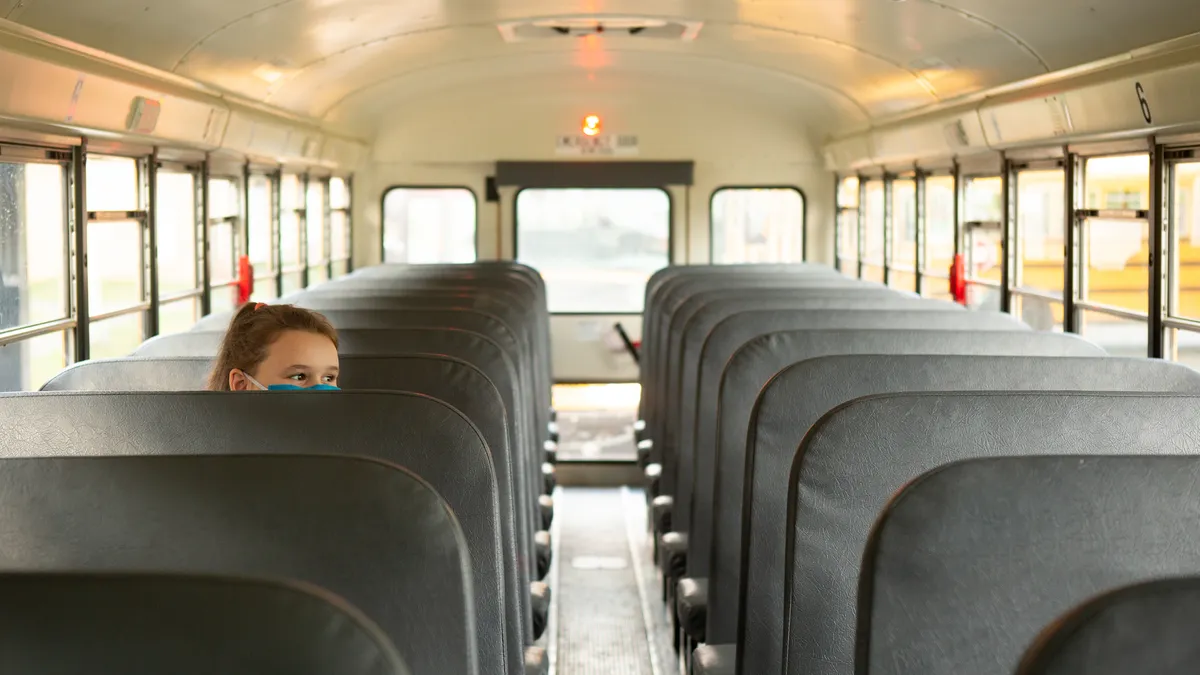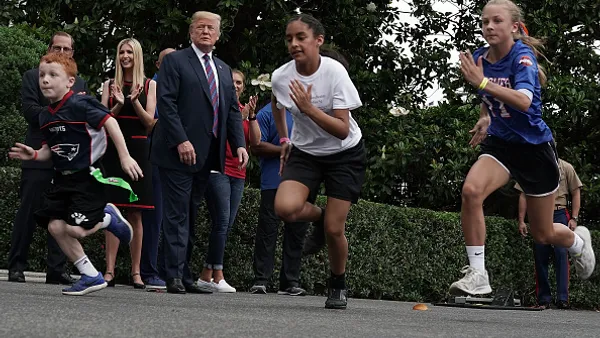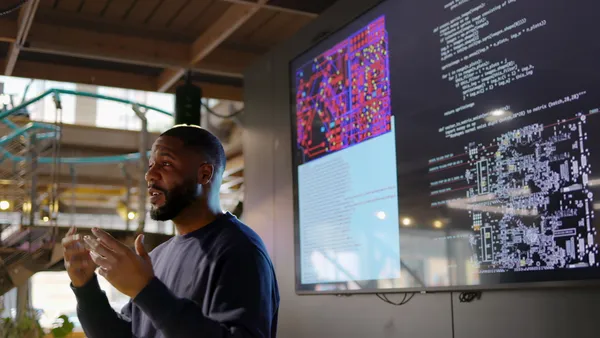Dive Brief:
- Hilliard City Schools in Ohio urges students to differentiate between different types of screen time as part of its Digital Wellness Project, which launched in 2018 and has gained popularity both in the state and as a national initiative, District Administration reports.
- Rather than discouraging all technology use, it compares it to a food pyramid, where some digital tasks can be performed in large portions while others should be limited to smaller portions. The project urges students to find balances between social media and in-person relationships, to be responsible digital citizens, and to be kind, safe and aware.
- Ideally, students should spend a larger amount of time using technology for productivity, such as learning and innovation, but they also use it for passive consumer tasks like binging on social media to see what their peers are doing, which can trigger “FOMO” — the fear of missing out. Digital wellness lessons help students discuss how to balance this use.
Dive Insight:
With the novel coronavirus pandemic forcing schools nationwide to a distance learning model, school now revolves around the constant use of technology, increasing the difficulty of limiting students' screen time and encouraging a healthy balance between passive and active use instead.
In 2015, Common Sense Media found teenagers spent nine hours a day online, while children between ages 8 and 12 spend an average of six. The American Academy of Pediatrics recommends children limit their daily screen time to two hours or less.
Passive use can include social media consumption and watching YouTube videos. Active technology use, on the other hand, encourages physical activity or teaches a new skill, producing a more positive reaction in children as it goes beyond tapping on a screen. Some passive use, like watching an informative movie, can also be beneficial.
Tech can also be used to support social-emotional learning during remote schooling. In Connecticut's Cheshire Public Schools, principals are using tech to reach out to students, parents and teachers to check-in during closures. The schools’ counselors are holding one-on-one remote sessions both online and by phone. Seniors are particularly affected.
These topics provide an ideal entrypoint for digital wellness discussions, as well.
Despite the heavy demands being placed on technology, screen-free days are still important and may offset some of the impacts of screen time. Assigning game days, outdoor curricula and art projects can serve as alternatives for learning without direct technology use.






 Dive Awards
Dive Awards






